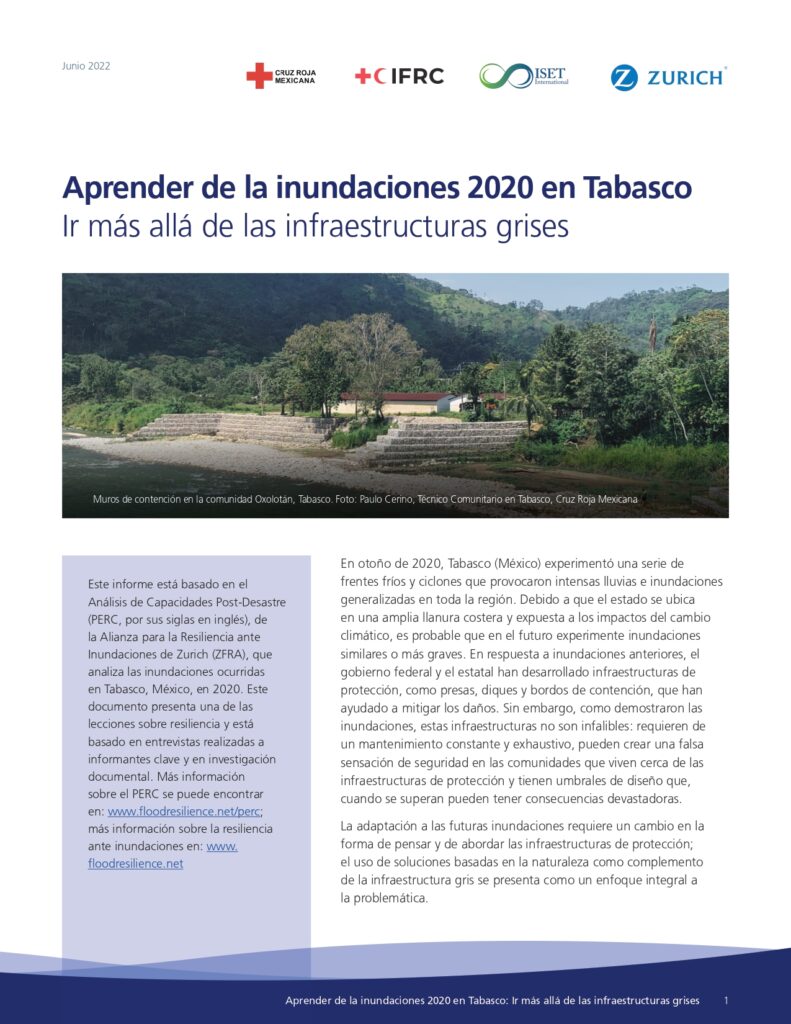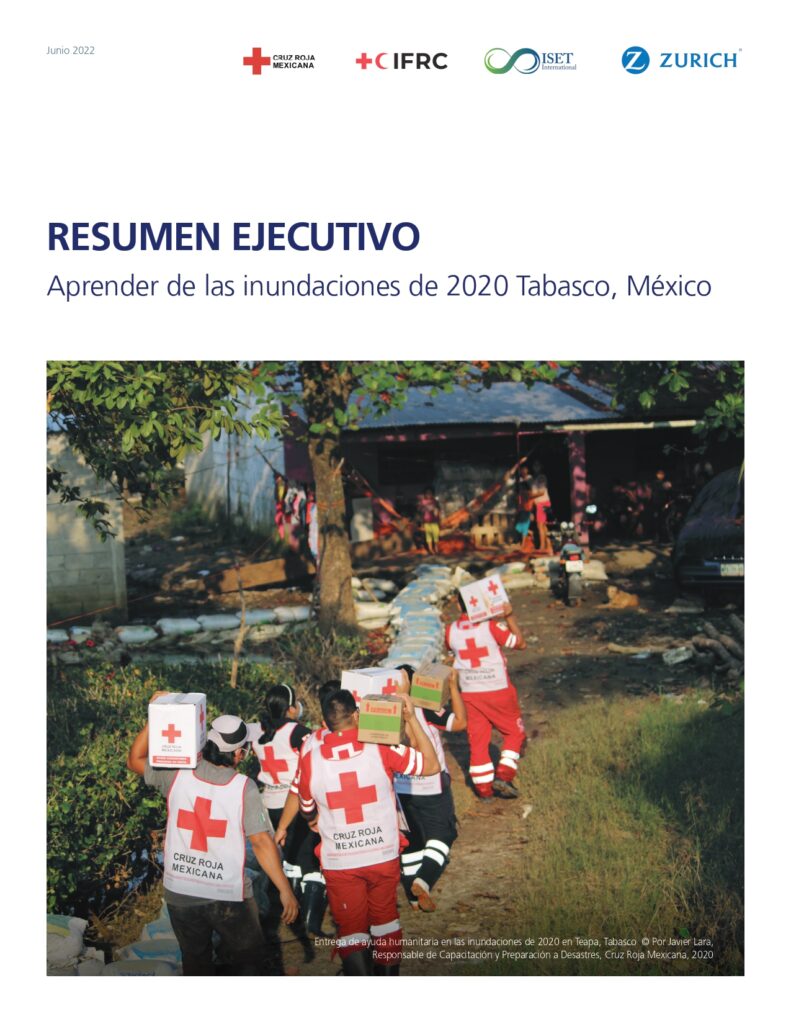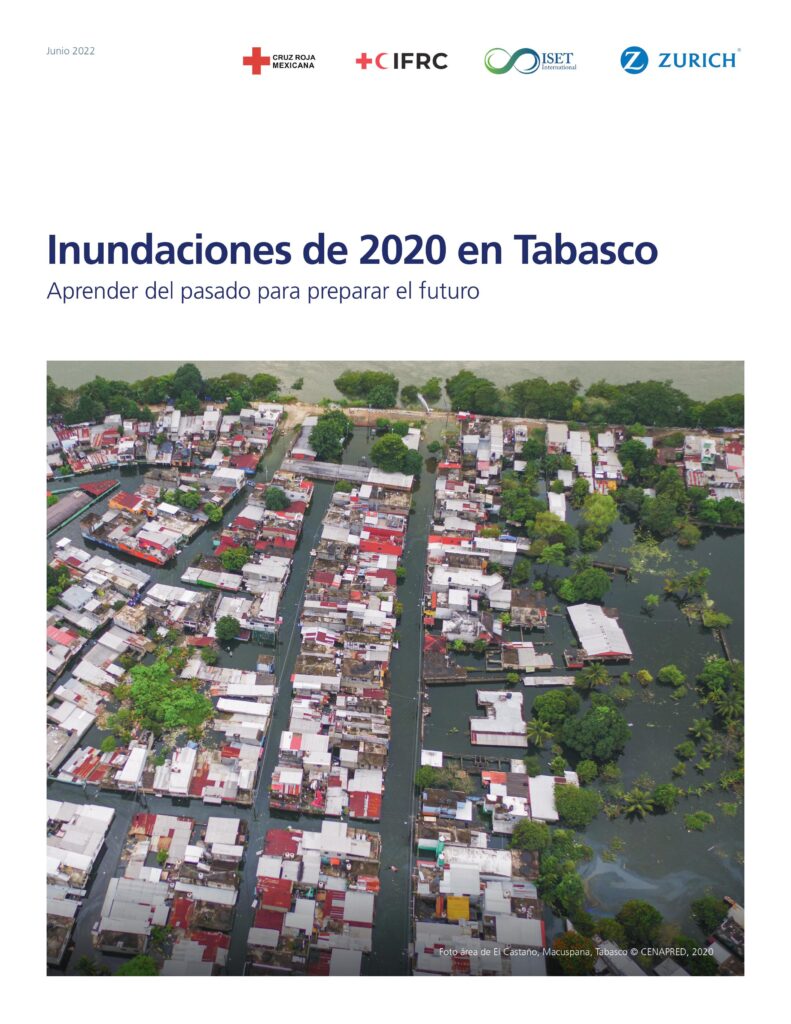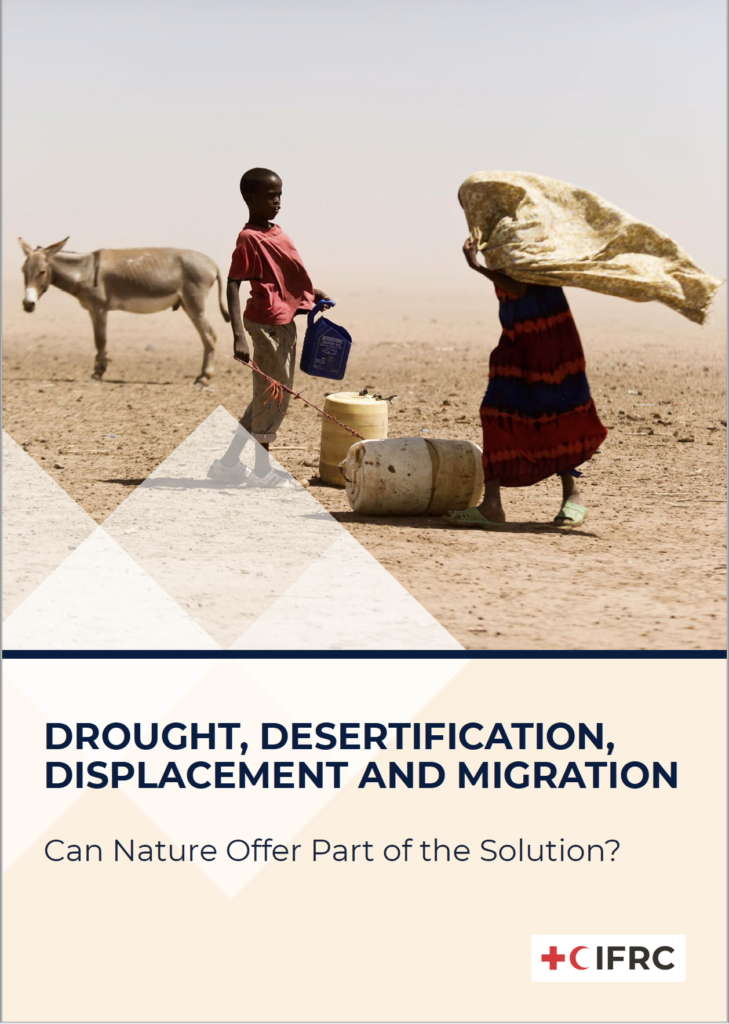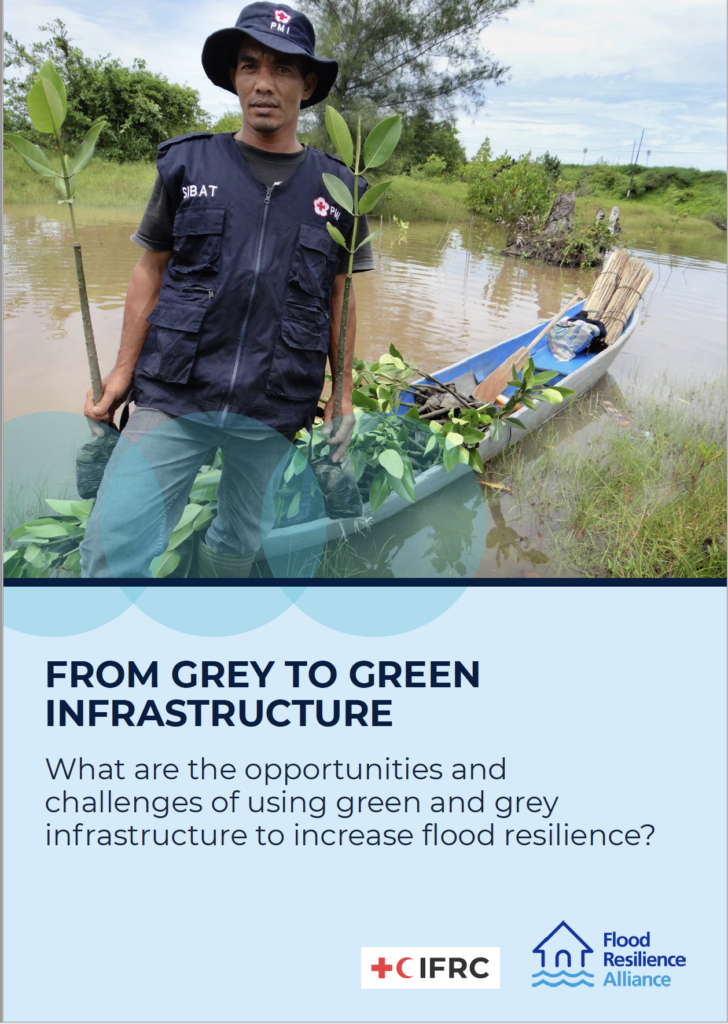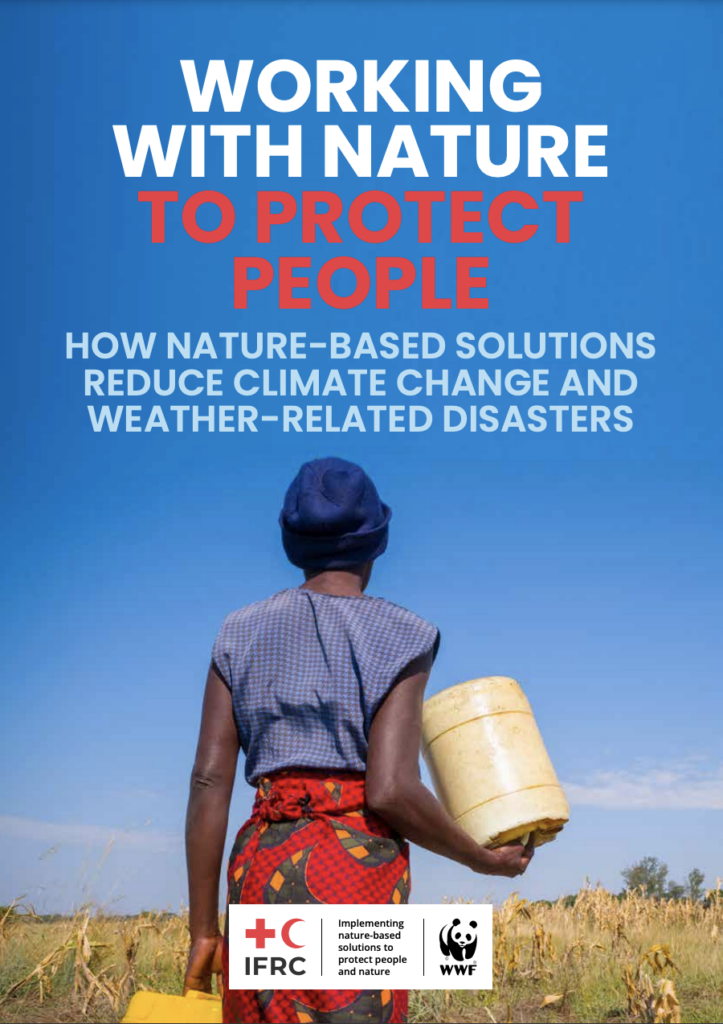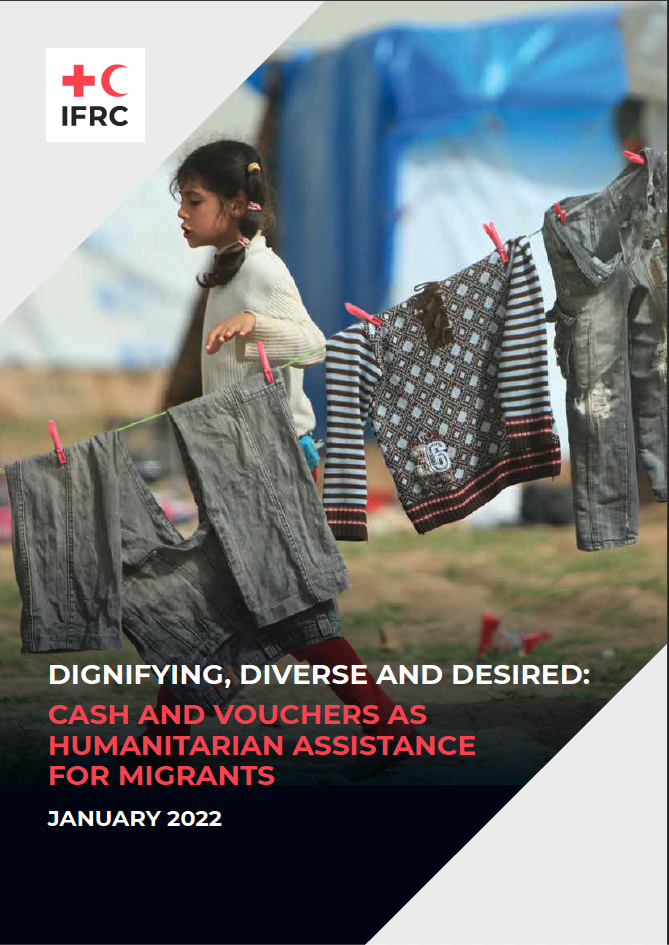Aprender de la inundaciones 2020 en Tabasco: Ir más allá de las infraestructuras grises
En octubre y noviembre del 2020, en México, una serie de frentes fríos y dos ciclones detonaron graves inundaciones en los estados de Chiapas, Tabasco y Veracruz. En el estado de Tabasco, durante el mes de noviembre, se registró una importante precipitación pluvial, las inundaciones, los deslizamientos de tierra y la descarga de agua de […]
Aprender de la inundaciones 2020 en Tabasco: Ir más allá de las infraestructuras grises Read More »

